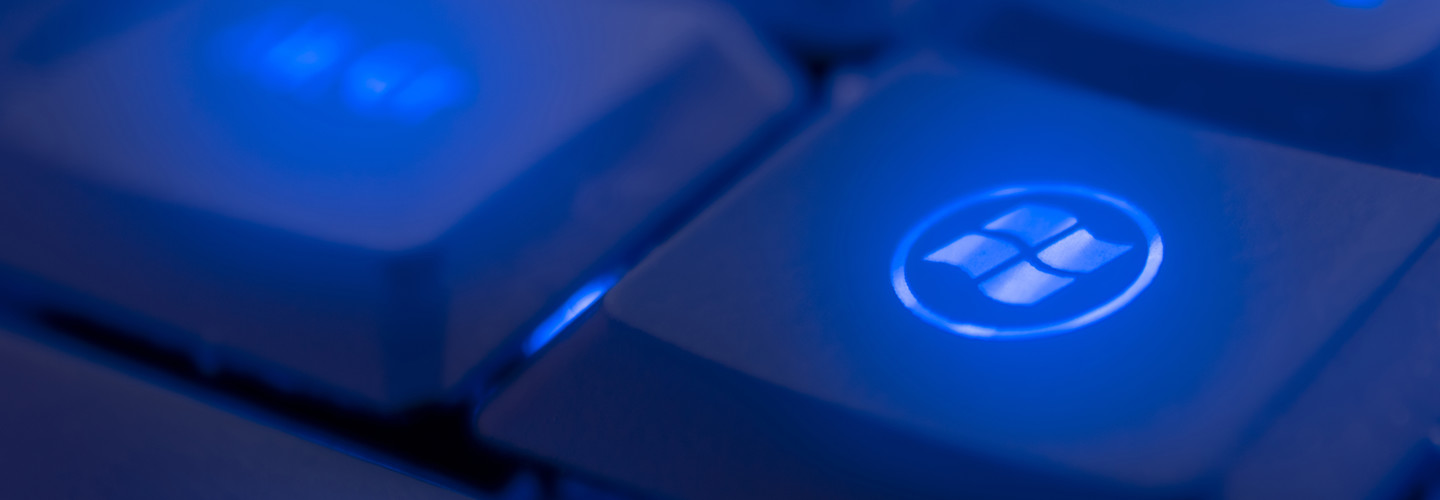Should You Switch to Windows 10 LTSC?
Despite the push toward cloud-based, always-connected systems, more than 90 percent of Fortune 500 companies still leverage legacy technologies and services to perform mission-critical tasks. These technologies are often resistant to change; alterations in operating system interfaces or commands can cause significant slowdowns or outright failure. Here, Windows 10 LTSC makes it possible to ensure legacy systems work as intended while still taking advantage of some key Windows 10 features, such as new security protocols and virtual desktops. As noted by Wilcox, Windows 10 LTSC offers the biggest benefit to businesses “where the key requirement is that functionality and features don’t change over time.” Often, this is tied to embedded devices — so long as these devices still perform their assigned function, OS upgrades may not make sense. When they reach their end of life, they’re replaced with new technologies that support current operating systems. Three broad business areas benefit from LTSC deployments:
· High security: Examples include the supervisory control and data acquisition (SCADA) and industrial control systems (ICS) technologies of energy and utility companies, where potential breaches due to functionality gaps could be devastating.
· High availability: Industries such as air traffic control that require always-on availability to ensure safety are good candidates for LTSC.
· High precision: Medical systems such as MRI and CT scanners that deliver highly precise measurements to save patients’ lives can’t suffer from software glitches or sudden slowdown.
Should You Avoid Windows 10 LTSC Deployment?
Most businesses should avoid deploying Windows 10 LTSC unless they can fully articulate a use case. As noted by Computerworld, familiarity with existing Windows 10 functions and a resistance to change are often cited as driving factors for LTSC adoption, but this ignores the potential user and network impacts. Industries such as retail, for example — which must now bridge the digital divide by providing in-store, online and mobile shopping solutions — need regular feature updates to keep pace with changing expectations. Running outdated Windows 10 versions can leave them woefully unprepared to deploy new cloud-based data analytics or integrate disparate mobile devices across their networks.
What are the Benefits of Windows 10 LTSC?
Considering a Windows 10 LTSC deployment? Key benefits include:
· Stability: While regular security updates are provided, all other features and functions remain the same, ensuring continuity.
· Reliability: In October 2019, a Windows 10 update broke the Start Menu, and in November, another upgrade caused File Explorer problems. While these issues were quickly remedied, they could cause serious problems for companies that can’t afford any business interruption.
· Support: Microsoft has promised 10 years of support for each LTSC version released.
Are There Drawbacks to Windows 10 LTSC?
There are also drawbacks to LTSC implementation, such as:
· Missing updates: The Nov. 10 update improved overall performance and made it possible to create calendar events directly from the task bar, while the May 2019 update allowed users to remove more built-in apps and search files across multiple locations. A business running LTSC when these updates are released won’t receive them until they deploy the next LTSC release.
· Increased IT oversight: Windows 10 Enterprise receives large updates through Microsoft’s Semi-Annual Channel, along with regular bug fixes each month. Without these automatic updates in place, IT staff must dedicate more time to ensuring their current LTSC version isn’t vulnerable to new attack vectors or suffering from performance problems.
How Do Businesses Deploy Windows 10 LTSC?
Companies can download a 90-day evaluation version of LTSC directly from Microsoft, but an active Windows Enterprise license is required to download the full 2019, 2016 or 2015 iterations.
Once downloaded, the LTSC can be deployed using the Windows Autopilot feature, which provides zero-touch, cloud-based provisioning to reduce total complexity. While it’s possible to upgrade LTSC versions in place, moving from Windows 10 Enterprise to LTSC — or vice-versa — requires a complete operating system reinstall.
Microsoft’s Wilcox makes it clear: LTSC isn’t for everyone. Instead, “it’s a tool designed for a specific job.” Locking an organization’s Windows version in place because it’s familiar or easier to manage isn’t recommended. If your business relies on embedded devices or legacy deployments to complete mission-critical tasks, however, Windows 10 Enterprise LTSC may offer the ideal static solution.










